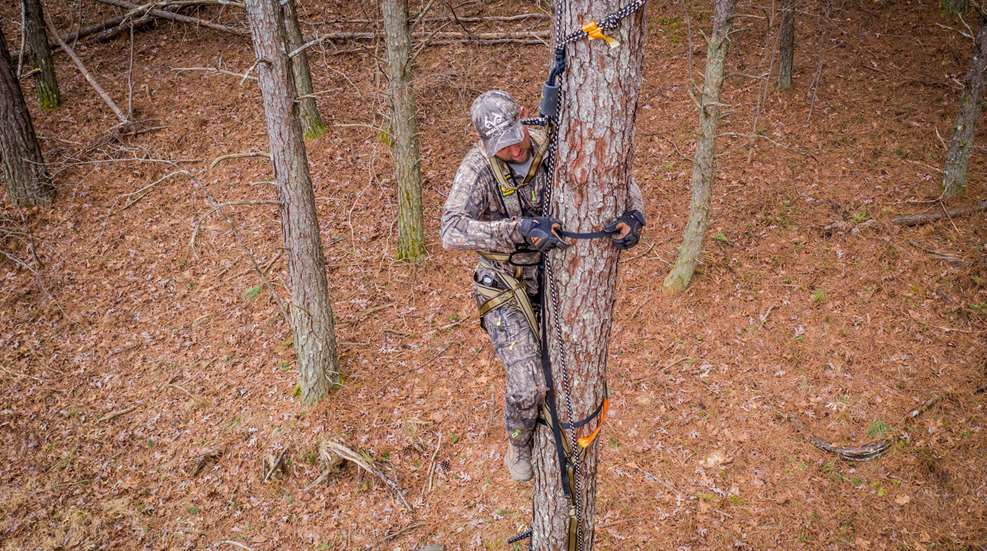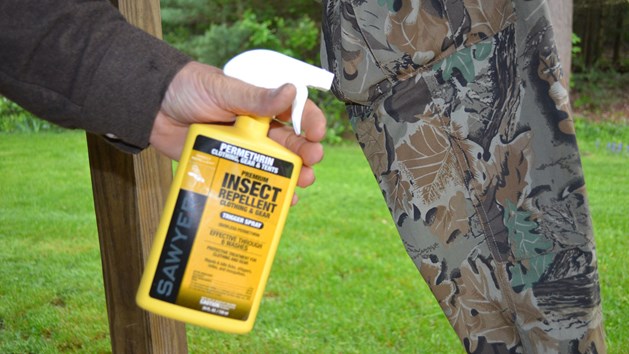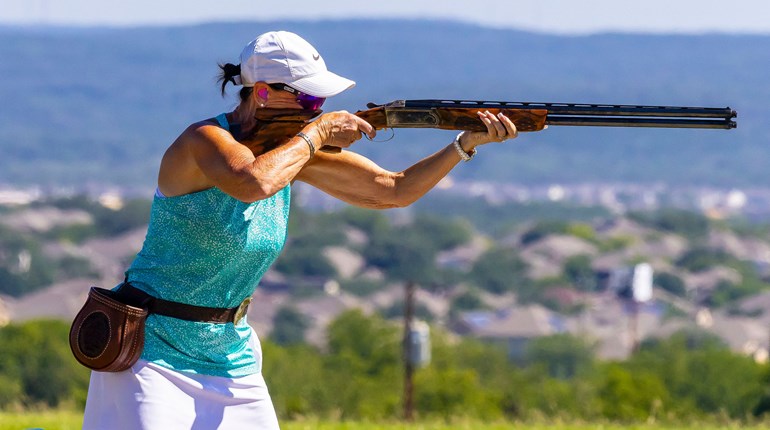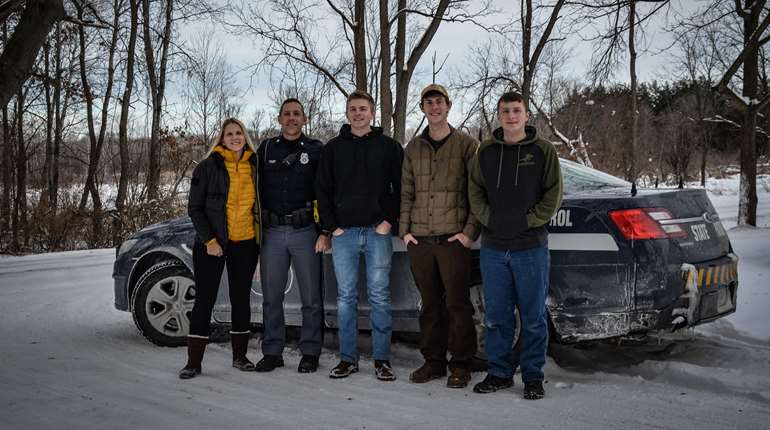
With deer season right around the corner, it’s a great time to clean out your pack—throw out all of last season’s stale granola bars and unraveled toilet paper, sharpen your knives, and take a fresh look at how much stuff you carry. What’s worth bringing into the field, and what’s not? What are you missing that might make your deer season a little better?
You don’t have to spend a fortune to outfit your pack with small, helpful items that can make a big difference in your comfort and success afield. Here are six pieces of inexpensive gear you should consider adding to your deer-hunting pack this season.
A Headlamp
If you’re hunting over a food plot and the walk to your stand is flat, straight and smooth, you’re probably good to walk in the dark with only the light of the moon to guide you. But if the walk is through the woods, over stones and stumps and fallen logs, you’ll probably want a little bit of light to keep yourself from stumbling. A small flashlight works fine, but a headlamp will let you walk in hands-free so you can keep one hand on your gun and the other free to swipe twigs out of the way or to use for balance. Just don’t forget to turn it off once you’re settled in your stand—a mistake I’ve made several times! You don’t want anything too bright, so a small headlamp is ideal. I buy the cheap ones because I tend to lose them anyway.

Tick Spray
Ticks are a year-round concern in warmer states (I’ve killed a deer that was covered in ticks in December in the South) and a problem in the early season just about everywhere. Tick-borne diseases such as lyme, alpha-gal and Rocky Mountain spotted fever continue to spread, and many of them have physically devastating effects. The best defense against ticks is a good offense. DEET-based sprays work, but I find them kind of slimy and gross-feeling on my skin, and they can strip the finish off a gun or many plastic, rubber or leather items, including your truck seat. No thanks. Instead, try spraying your clothes and other fabric gear (like backpacks and tents) with Sawyer Permathrin treatment. Applied properly, it repels ticks for up to 42 days or six washings. It’s remarkably effective, in my experience. I pair it with a Thermacell to handle mosquitos and gnats, and I can avoid the slimy bug spray altogether.
A Neck Gaiter
Someone once told me to “always keep one thing in your pack that give you a little bit of extra warmth when you need it,” and for me, that’s a fleece or wool neck gaiter. They’re warm without being too thick, so I can keep my neck toasty without having to button my parka up tight around my chin and restrict my neck movement (although I still button all the way up on the coldest days). You can pull it up over your chin and mouth to keep your face warm if you need to. I’ve even been known to wear two neck gaiters with a chemical handwarmer in between them—I keep meaning to cut one up and sew handwarmer pockets into the other gaiter so I don’t have to wear two, but I haven’t gotten around to that yet.
Ear Muffs
These fall in the “something to warm you up” category, too. When it’s really cold, I wear a beanie on my head instead of a ball cap, but I can never cinch it down far enough to keep my ears really warm. The easy solution is a slim pair of ear muffs that I can wear with the strap around the back of my head. A warm headband designed to cover the ears would work well, too. You can pull a beanie right down over the muffs or band, or pair them with a ball cap if you want the bill to keep the sun out of your eyes.
Safety Harness
Treestand falls are the most common injury hunting-related injury, with some studies showing that one in three hunters will experience some type of treestand injury in their lifetime. This is no joke, as a fall from a treestand is often physically devastating or fatal. If you are hunting out of an elevated treestand, you need to be wearing a safety harness. Since most falls happen while the hunter is getting in or out of the stand, you also need a safety line with the right type of knot and a carabiner. Once it is hung the first time, you can use the safety line to stay attached to the tree while you climb up and down for as long as the stand remains in that location. Use the knot to tighten the line as you climb so there’s never a lot of slack. Safety harnesses come in a wide range of price points and styles, so consider your needs and your budget when picking the right one for you. Be aware that they do have expiration dates on them, as the material they are made from degrades over time, so you’ll need to replace your harness every so often accordingly.
An After-the-Shot Kit
We often pack for the hunt and forget to pack for what comes afterward. When you’ve got a deer on the ground, a few simple items to complement your field-dressing knife will come in handy. My after-the-shot kit includes a drag rope to help me get the deer out of the woods, a pen so I can fill out my tag on the spot, a zip tie or two to attach it to the animal as required, a couple of individually wrapped wipes for cleaning off bloody hands (a bottle of water works for this, too), and a zip-top bag to put the tenderloins in. I don’t usually need the bag, because I remove the tenderloins when I hang and butcher the deer back at camp, but if I’m taking it to a processor instead of butchering myself, I always remove the inner tenderloins first. Plus, you’ll find plenty of other uses for a zip-top bag in the field. I even use one to keep my Kindle in so I can read in the rain on stand.















































